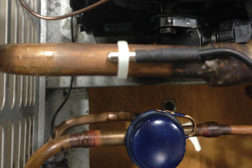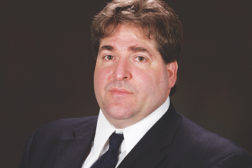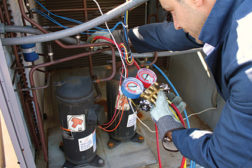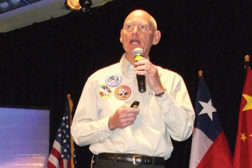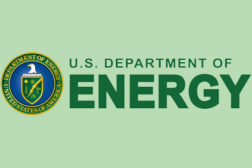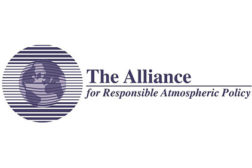Refrigeration
Checking Over an Often Overlooked Aspect of Servicing
Read More
Ice Breaker: Brazing and Soldering Procedures Need Care
Tips for Working Safely with Torches
Read More
DOC Considers R-134a Sanctions
Actions Aim to 'Level the Playing Field' for Some Imported Refrigerants
May 5, 2014
Efficiency, Cost Concerns Drive Refrigeration Innovations
Technical Papers Examine New Ways to Work with Familiar Refrigerant
Read More
New Era Group Files Appeal
Group Challenges EPA's Production, Importation of HCFC-22
April 28, 2014
EPA Pushed To Explain R-22 Phaseout Plans
New Era Seeks Faster HCFC Phaseout Solution
April 21, 2014
IOR Conference Examines the State of Refrigerants
Programs Established to Reinforce Importance of Leakage and System Performance
April 21, 2014
Safety, Security Top 2014 IIAR Conference
Industry Experts, Former Astronaut, Homeland Security Official Offer Comments
Read More
Alliance Supports Inclusion of HFCs in Montreal Protocol
Organization Also Names Board of Directors
April 21, 2014
Copyright ©2025. All Rights Reserved BNP Media.
Design, CMS, Hosting & Web Development :: ePublishing
